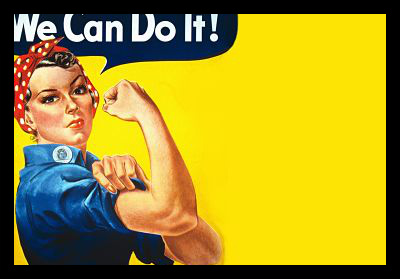What causes hunger in Africa? To be certain, Africa is by no means a single entity. The second largest continent on Earth, Africa is an enormous landmass that is home to a wide variety of landscapes, cultures and people.
That said, the continent is also home to much of the world’s hunger, spread across several of the world’s poorest countries. Approximately 30 million people in Africa face the effects of severe food insecurity, including malnutrition, starvation and poverty.
Ending hunger not just in Africa but wherever it occurs is crucial to solving impoverishment and, accordingly, is a leading priority for many humanitarian organizations.
Causes of Hunger in Africa
1. Lack of Infrastructure
Many of the African countries in which there is widespread hunger are countries in which there is also plenty of food. Agriculture is the leading economic industry in several of the hungriest African nations including Niger, Ethiopia and Somalia.
The issue is not that there is a lack of food, the issue is that there are are often no reliable pathways for getting that food from the fields into that hands of the people who need it the most. Many hungry countries lack accessible rural roads on which food could be transported into the countryside.
Where it does not already exist, building the infrastructure necessary for distributing food is essential to ending hunger in Africa.
2. Poverty
Poverty is a cause of hunger in Africa as well as an effect. Nearly a third of individuals living in sub-Saharan Africa are “undernourished,” and 41 percent of people in that same area live on less than U.S. $1 daily. That’s no coincidence; high rates of poverty are correlated with high rates of hunger because acquiring adequate food provisions requires ample resources, not only financial but social as practical as well.
3. Gender Inequality
According to one of the most successful hunger-focused humanitarian organizations, The Hunger Project, gender inequality is a major driving force behind hunger because food tends to go further in the hands of women. When women have adequate food supplies, they as well as their families experience better health and social outcomes than when men have sole control of food rations.
However, in many African nations experiencing hunger crises, though women do the majority of agricultural work, they do not control their own access to food. Addressing gender inequality where it occurs in Africa will be central to eradicating hunger.
4. AIDS
AIDS is especially prevalent in southern Africa (Lesotho, Malawi, Mozambique, Namibia, South Africa, Zambia and Zimbabwe), where approximately six million people are estimated to live with the condition. Not only does AIDS render these individuals too sick to do any sort of agricultural work (which, if farming is their livelihood, can throw them into poverty), it can also render them to sick to leave their homes to acquire food for themselves and their families.
– Elise L. Riley
Sources: Save the Children, The Hunger Project, World Food Programme
Photo: Ceasefire Magazine
 In many developing countries, like Pakistan, education for girls is not a primary objective. The schools in these countries are often of poor quality. Consequently, many girls drop out during their elementary level school years, to help support their families.
In many developing countries, like Pakistan, education for girls is not a primary objective. The schools in these countries are often of poor quality. Consequently, many girls drop out during their elementary level school years, to help support their families.

